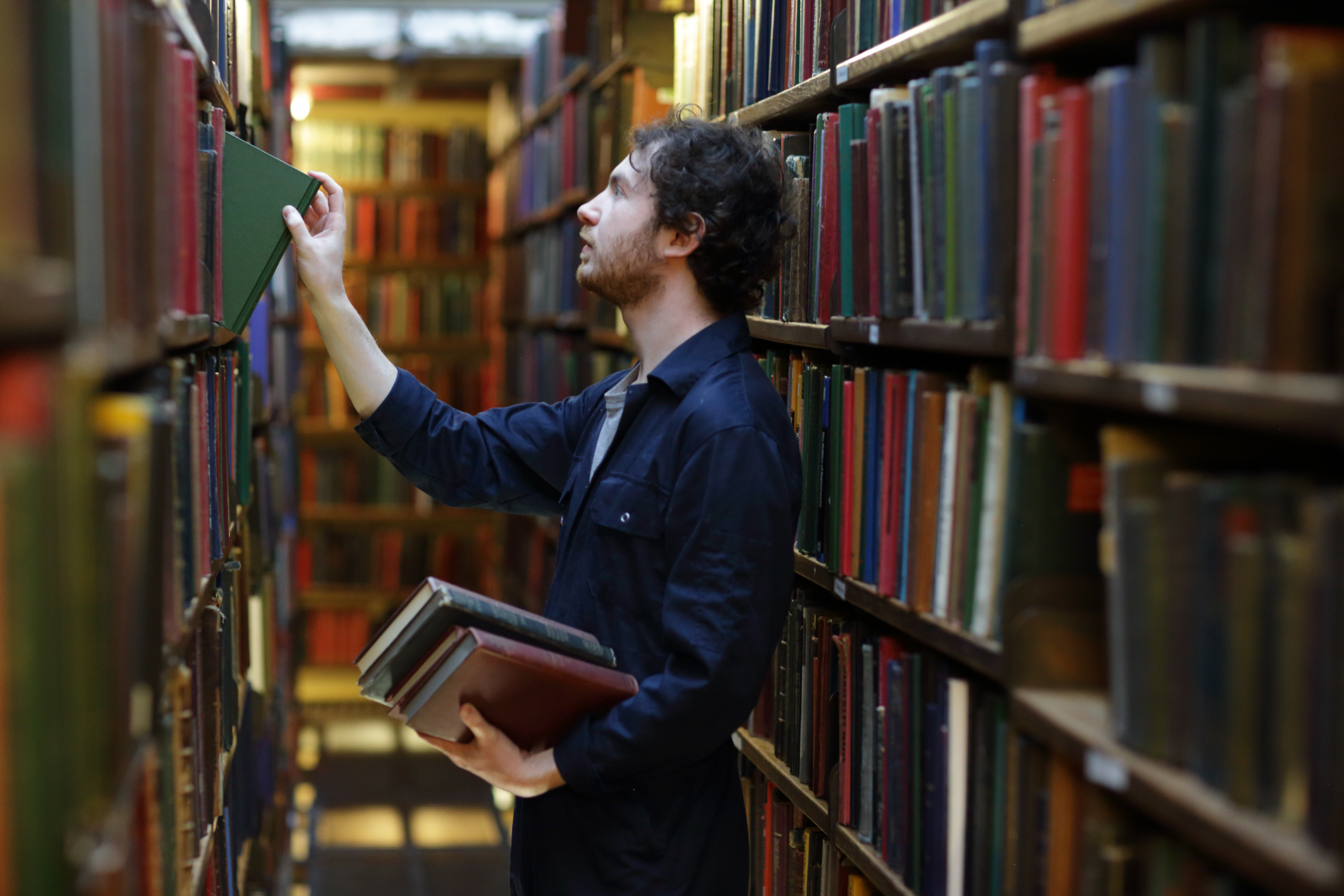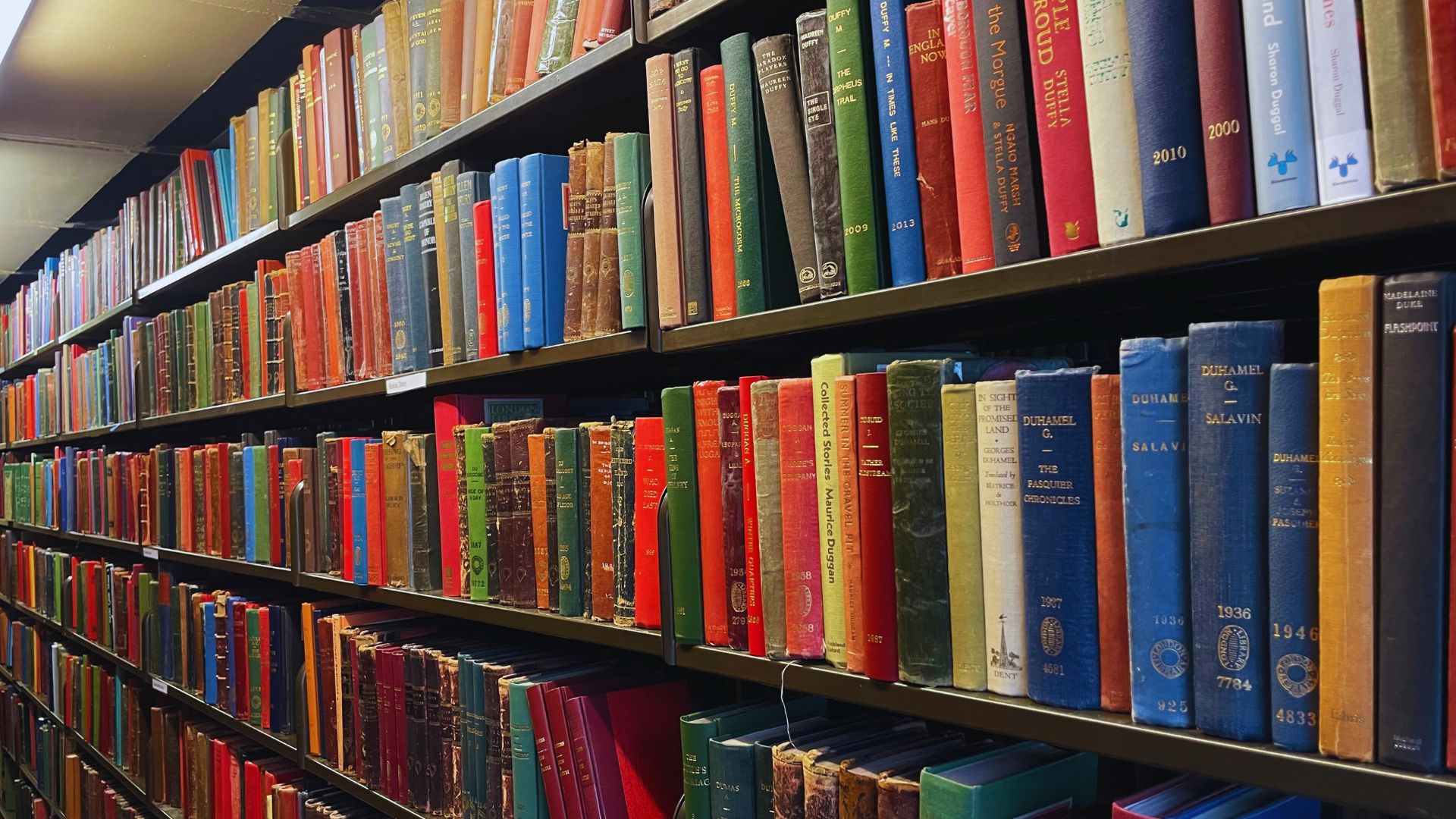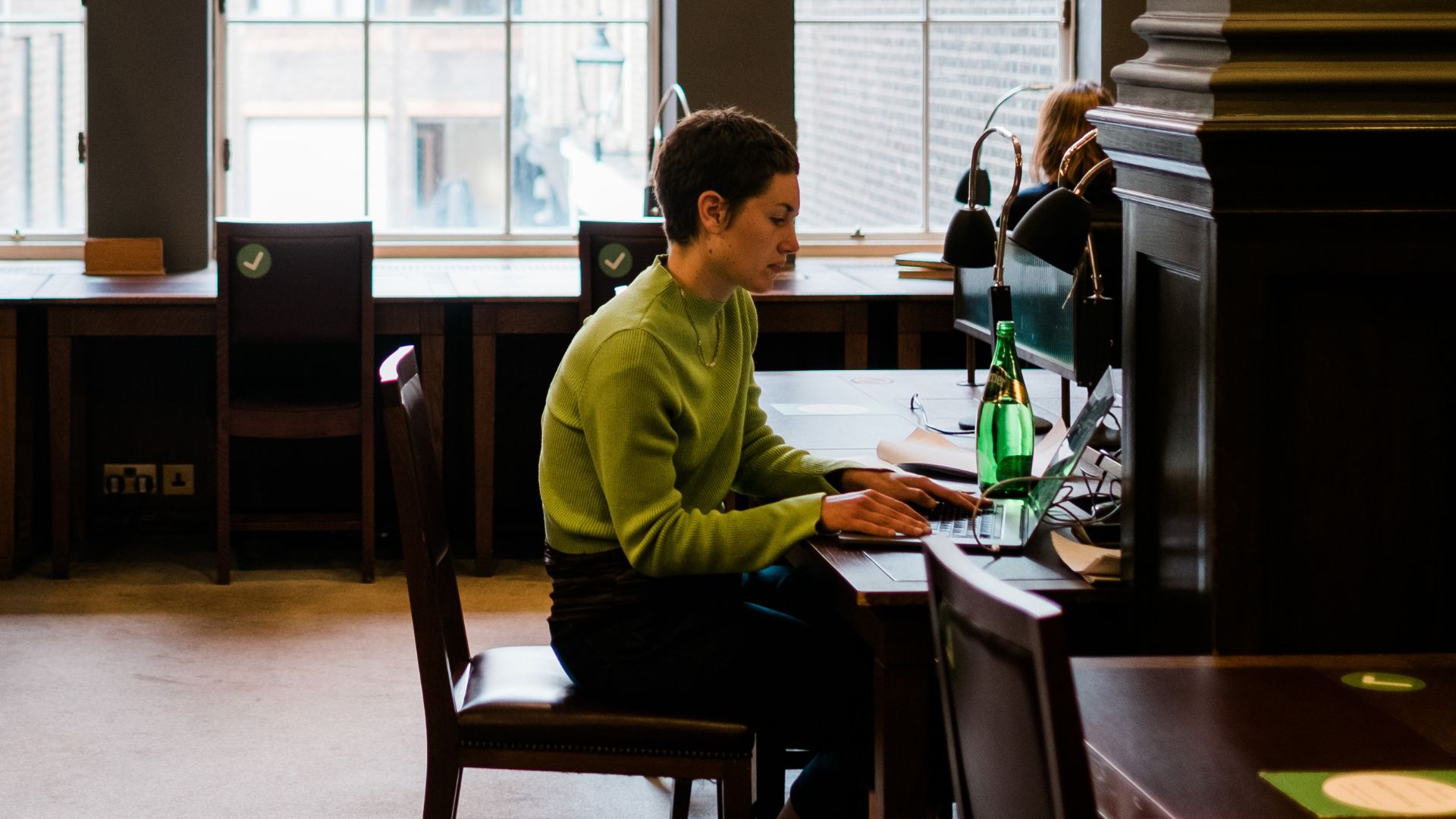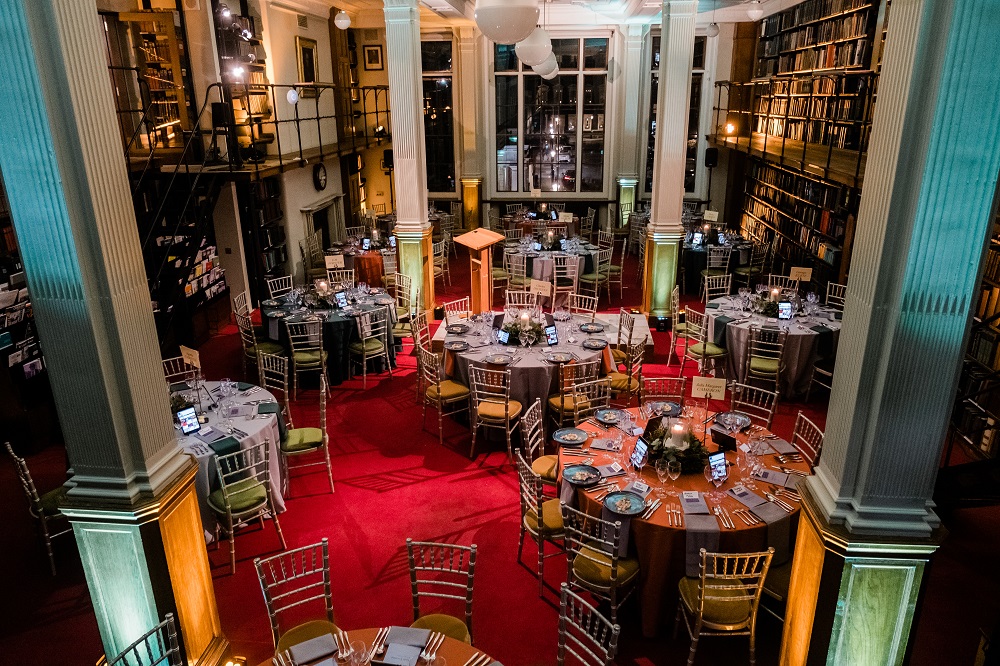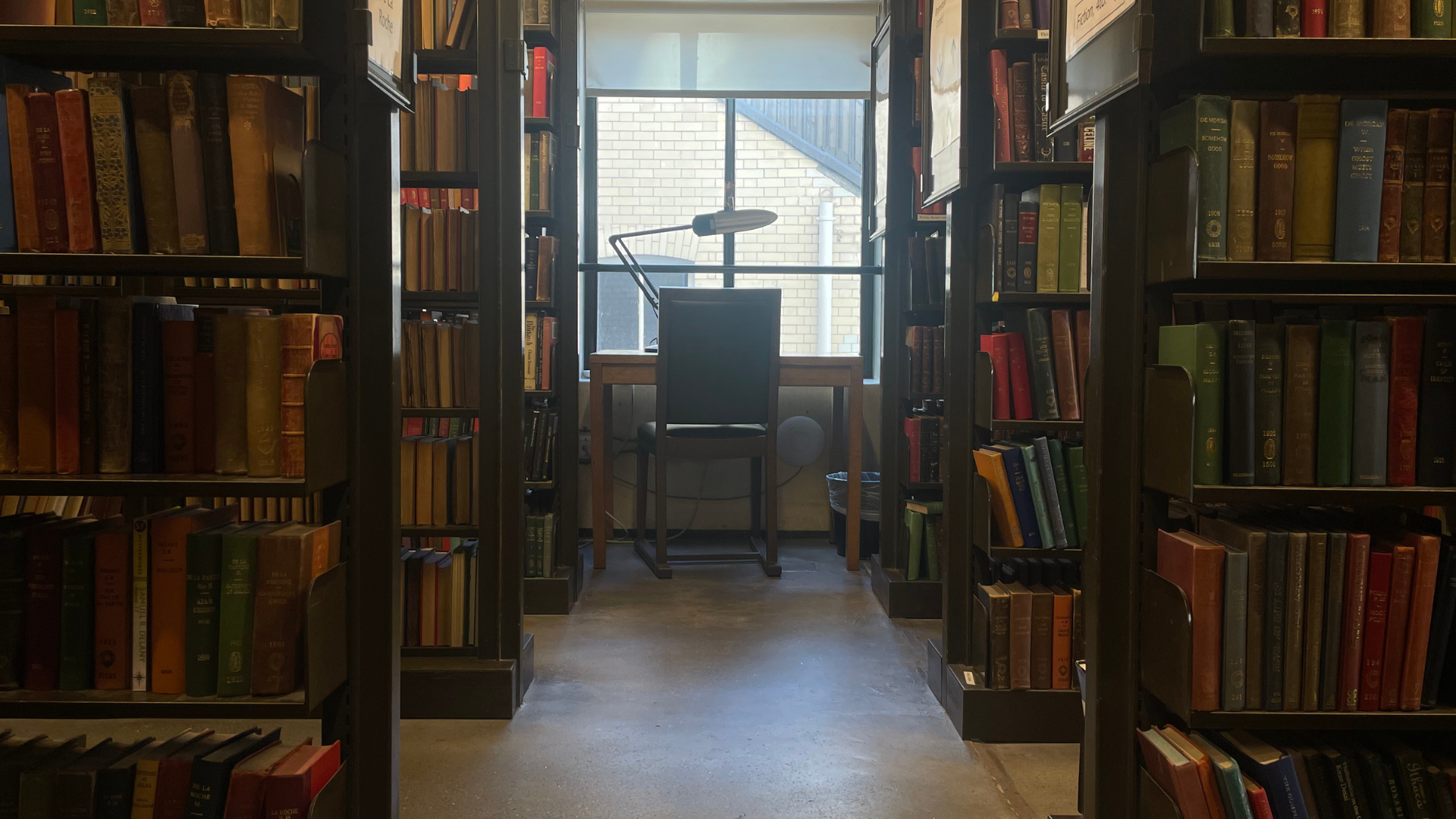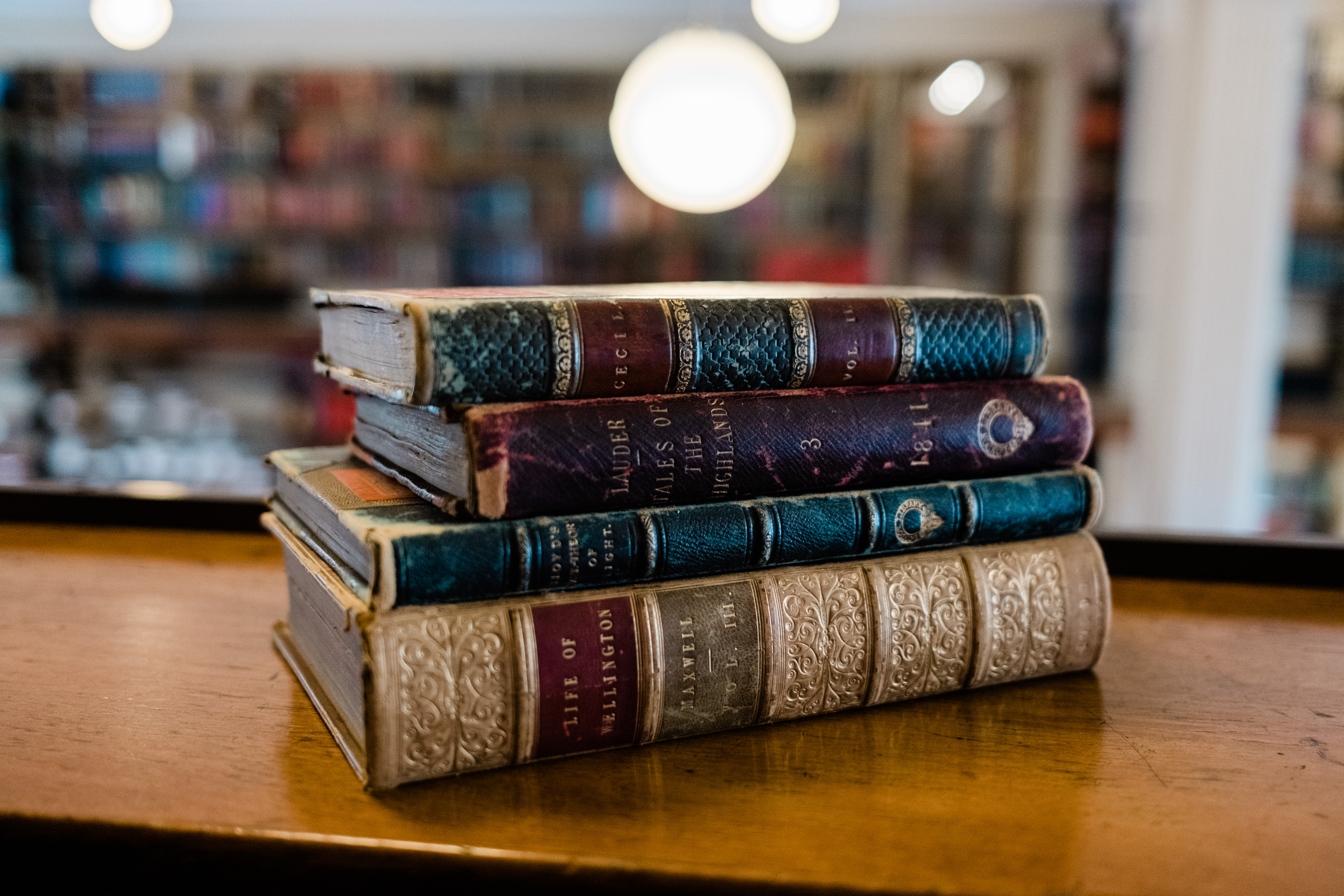In the latest article adapted from a series recently published in History Today, Dunia Garcia-Ontiveros, Head of Bibliographic Services at The London Library, reveals the remarkable and dramatic provenance behind a small volume contained in the Library’s collections, rescued from its watery resting place inside the wreck of cargo steamer S.S. Halcyon, which was mined and sunk in April 1916.
A small, watermarked volume entitled The planter’s manual : an English, Dutch, Malay and Keh Chinese vocabulary compiled by G. Fraser Melbourn and printed in Deli-Sumatra in 1894 has one of the most dramatic provenances of the one million books housed at the London Library. Its compiler was a tobacco planter who, upon ‘arriving in Deli, badly felt the want of a book from which I could pick up Malay – that is the Malay that is really spoken, in other words, every-day Malay’. To supply this deficiency he spent ‘many happy hours’ over several years preparing the ‘little work’, which he begged the reader not to judge if they should be in a ‘critical mood’. He chose to include also words in the Keh Chinese dialect as he believed it to be ‘by far the prettiest of the various dialects and with a little appreciation the easiest learnt.’
A letter written by one S. Hyde Turner (co-author of the alphabet bookZoological concoction, London, 1902) to accompany his gift of the book to the London Library in 1919 tells us that that G. Fraser Melbourn ‘came to England in 1897 and died here some 20 years ago’ i.e. around 1899. The use of the word ‘came’ instead of ‘returned’ is intriguing and would seem to indicate that Melbourn was not born in Britain.
Melbourn’s choice of terms for his vocabulary is very revealing and evocative; a selection taken from the list of words beginning with the letter ‘s’ transports us to the hot and humid world of the plantation and its back-braking toil: ‘swamp, swear, sweat, sweep … ‘.
The book that was written in such a damp environment was destined for even wetter surroundings
Turner’s letter, written on stationery from the Junior Athenaeum Club, explains the book’s condition. In it he tells us that ‘the Germans are to blame’ for its water damage as the book was on board the cargo steamer S.S. Halcyon when she was mined and sunk only three and half miles off Folkestone Pier while travelling from Bordeaux to London on 7 April 1916. She was almost brand new, having been built the year before by the Ailsa Shipbuilding Company for the General Steam Navigation Company in London. Turner does not tell us what a Victorian plantation owner’s manual, designed to be used in Sumatra, was doing on a cargo steamer crossing the English channel in during the First World War, although it is possible that the English seamen found some of its Dutch vocabulary useful on the continent, but he does say that ‘the book spent about 6 months in the bed of the Channel …’.
The Halcyon is still rusting away under some 12 metres of water and exactly how the book came to be rescued six months after going down with the ship is unknown. The ghostly marks left on its pages by the Channel waters are consistent with the book having been only partially wet and it is likely that in the moments before sinking the crew placed the ship’s books and documents in waterproof bags in the hope that they could later retrieve them from the relatively shallow waters. Had they not done so the only surviving copy of this book would be the one kept at the British Library.


